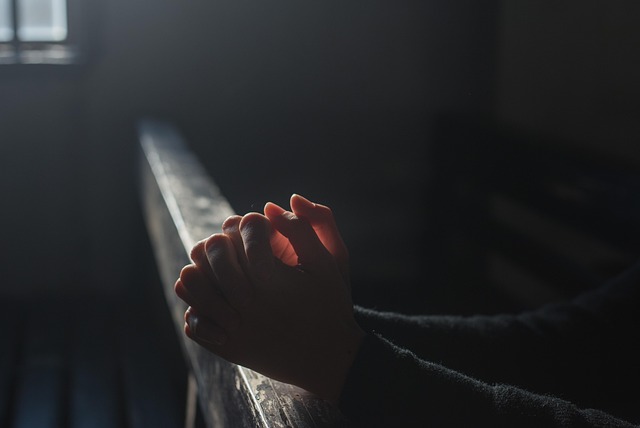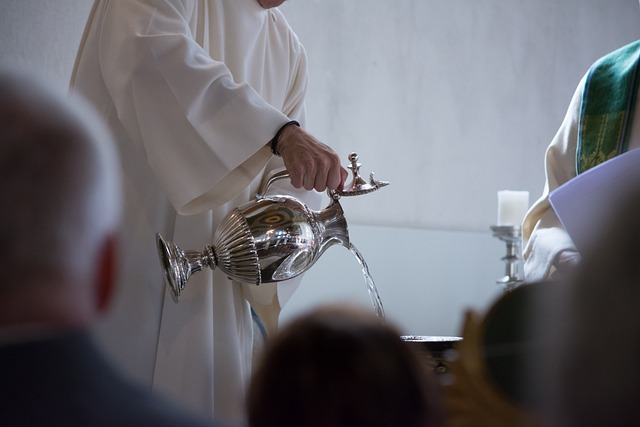The Essence of Prayer Hours
In a world saturated with distractions and endless noise, the ritual of prayer hours emerges as a sanctified space for connection, reflection, and spiritual rejuvenation. Religious practices, steeped in tradition and meaning, often include designated times for prayer, which serve as vital moments for worshippers to pause, breathe, and reconnect with their faith.
A Timeless Tradition
Across various religions, prayer hours have long been established as sacred times set aside to engage with the divine. Whether it’s the Islamic Salah performed five times a day, the Christian practice of daily prayers, or the Hindu rituals held at dawn and dusk, each tradition encapsulates the power of a dedicated time for spiritual connection. These consistent moments remind followers of their beliefs and provide an opportunity to seek guidance, express gratitude, and foster a sense of belonging.
Creating Sacred Space
When one partakes in prayer hours, the act itself transforms physical spaces into realms of peace and contemplation. It’s a ritual that invites individuals to step away from their busy lives and immerse themselves in spiritual reflection. This sacred time allows for personal communion with God, enhancing the spiritual journey and providing clarity in our chaotic world.
The Psychological Benefits
Beyond the spiritual connections, engaging in prayer hours can offer profound psychological benefits. Research suggests that regular prayer can reduce stress, enhance emotional resilience, and foster a sense of purpose. In a society where mental health is increasingly vital, this ritualistic act serves as a refuge, restoring inner calm and redirecting focus toward what truly matters.
Community and Connection
Moreover, prayer hours can cultivate a sense of community among believers. Gathering together for prayer reinforces social bonds, provides support systems, and creates a shared experience of faith. Whether in a church, mosque, or temple, collective prayer can amplify intentions and foster a spirit of unity among participants, transcending individual struggles.
Inclusivity in Practice
The beauty of prayer hours lies in their adaptability and inclusivity. Different cultures and religions invite individuals to engage in their unique rituals while emphasizing a universal yearning for connection and understanding. Instruction on how to pray, along with communal gatherings, encourages participation from those exploring spirituality, creating a bridge between diverse beliefs and practices.
Conclusion
As we discover the richness of prayer hours, we unlock facets of ourselves that frequently go unnoticed. In moments of silence and supplication, we can confront the quest for meaning and allow our hearts to be open to the mysteries of faith. Embracing this ritual can lead to transformative experiences, ensuring that the power of prayer continues to resonate through generations.



